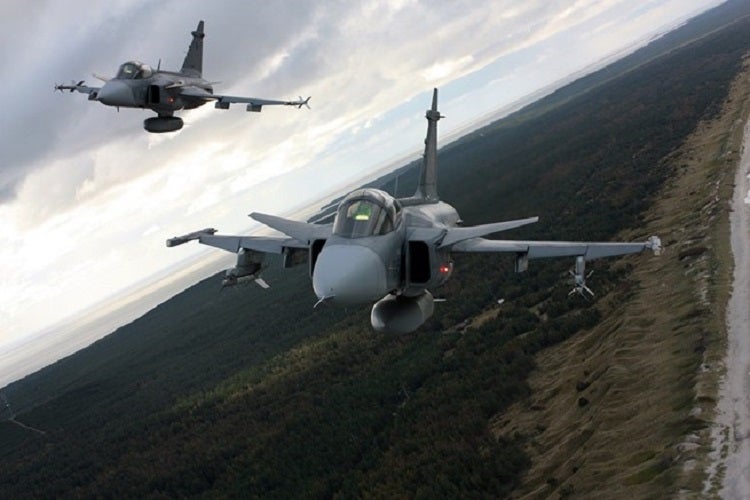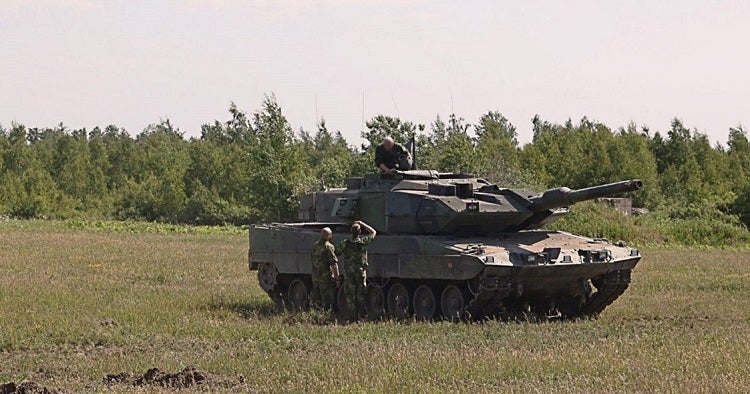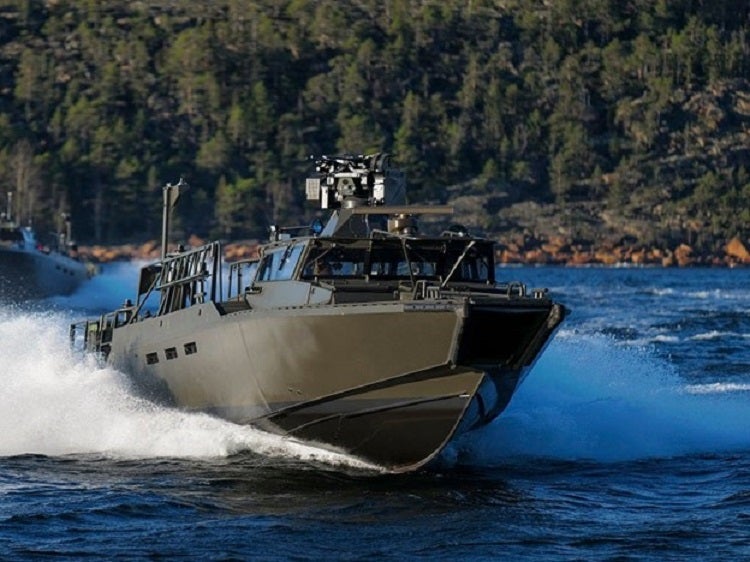
Sweden finally joined the Nato military alliance on 7 March 2024, following an enduring diplomatic exchange, first with Türkiye and then with Hungary. The Scandinavian nation was prompted to join the alliance after Russia’s full-scale invasion of Ukraine began two years ago.
Sweden’s instrument of accession was deposited with the US Government, which is the alliance’s depositary. On Monday, the Swedish flag will be raised at the Nato headquarters in Brussels, Belgium.
Nato’s General Secretary, Jens Stoltenberg, welcomed the new member in a post on the social media platform X, in which he also judged that “Sweden’s accession makes Nato stronger, Sweden safer, and the whole alliance more secure.”
This begs the question, what specific capabilities does Nato’s 32nd member have to offer the alliance?
Aircraft
According to GlobalData intelligence, the cumulative value of Sweden’s largest defence sector, military fixed-wing aircraft, is forecast to be $4.5bn between 2023–28.
Combat aircraft equates to 41% of the country’s total market value due to the acquisition of the Jas 39E Gripen aircraft. This multi-role fighter is manufactured by the Swedish aerospace and defence company Saab AB. The company provides models A to F, while Sweden uses models C, D, and E.
How well do you really know your competitors?
Access the most comprehensive Company Profiles on the market, powered by GlobalData. Save hours of research. Gain competitive edge.

Thank you!
Your download email will arrive shortly
Not ready to buy yet? Download a free sample
We are confident about the unique quality of our Company Profiles. However, we want you to make the most beneficial decision for your business, so we offer a free sample that you can download by submitting the below form
By GlobalDataThe Swedish Air Force operates 95 JAS 38C/D units, procured between 1997 and 2007, and two of the latest JAS 39E units, which were acquired in 2021, according to GlobalData.

The country is expected to register an increased CAGR of 15.1% between 2023 and 33, spending $254m in 2023 on the Gripen E aircraft alone and just over $1 bn in 2033.
This increase in expenditure signals an expanded Saab programme, indicating no sign that the Swedish Air Force will convert to the Joint Strike Fighter Programme, in which the F-35 Lightning II is widely used among Nato members. Moreover, it is said that 400 F-35s will be used by the alliance by 2030.
Likewise, the Swedish Defence Materiel Administration signed a contract with Saab for two GlobalEye Airborne Early Warning and Control aircraft in July 2022, worth $710.29m (Skr7.3bn). GlobalData indicates that the net cost over the next decade will be $676.8m.
This aircraft will provide Nato with critical intelligence, surveillance and reconnaissance over air, land and sea, providing real-time information to multi-domain units. Given the Russian Navy’s presence occasionally stretching to the North Sea in the past year, the GlobalEye will prove useful in these instances.
Its Erieye extended-range radar system has a range of more than 550 kilometres. A suite of advanced sensors and a command and control system are also integrated into the Global 6000 aircraft.
Land systems
Unlike the Gripen, when it comes to main battle tanks, Sweden is very much in vogue with the Leopard 2.
GlobalData says that the Army operates 120 of them, acquired more than 20 years ago. Since then, the country has upgraded these platforms to the 2A5 iteration, which may soon be evolved to the latest 2A6 variant, which includes a longer L55 gun, an auxiliary engine, improved mine protection, and an air-conditioning system.
In the meantime, Sweden contracted the German manufacturer KNDS to retrofit 44 units in November 2023.

In terms of ground-based air defence, Sweden is in the process of adopting MIM-104F Patriot missile defence systems from the US prime, Raytheon, a subsidiary of RTX. Delivery began in November 2021, and initial operating capability was declared in December.
At the time, Sweden was the first non-Nato partner nation to use the system, which was designated ‘LvS103’ in Swedish service. It is part of a wider initiative to modernise Sweden’s air defences in the face of increasingly advanced long-range missile threats and is supported by deliveries of Missile Segment Enhancement interceptors from Lockheed Martin.
The sale includes four radar sets and control stations, nine antenna mast groups, 12 launching stations, and over 300 missiles.
Maritime platforms
Sharing a 15-kilometre maritime border with Russian Kaliningrad will place great importance on the Swedish Navy.
Sweden operates four diesel-electric submarines – three Type A19s procured in 1996-7 and one Type A17 acquired in 1989-90. The Navy is looking to induct two Blekinge-class (A26) submarines from Saab by 2027.
It will be diesel-powered and utilise the Sterling Air Independent Propulsion system to allow the vessels to spend longer periods underwater without having to surface to recharge batteries.
A modular design is intended to allow for long-term upgrades and support for the platforms and accommodate a versatile weapons suite and scalable crew sizes.
In addition, the Navy also possesses numerous light vessels, from its 160 CB90-class combat vessels to its 79 Battleship 90s.

However, besides some CB90 units procured between 1989 and 2020, no other combat vessel in its inventory was purchased after 2013, indicating much-needed modernisation.


